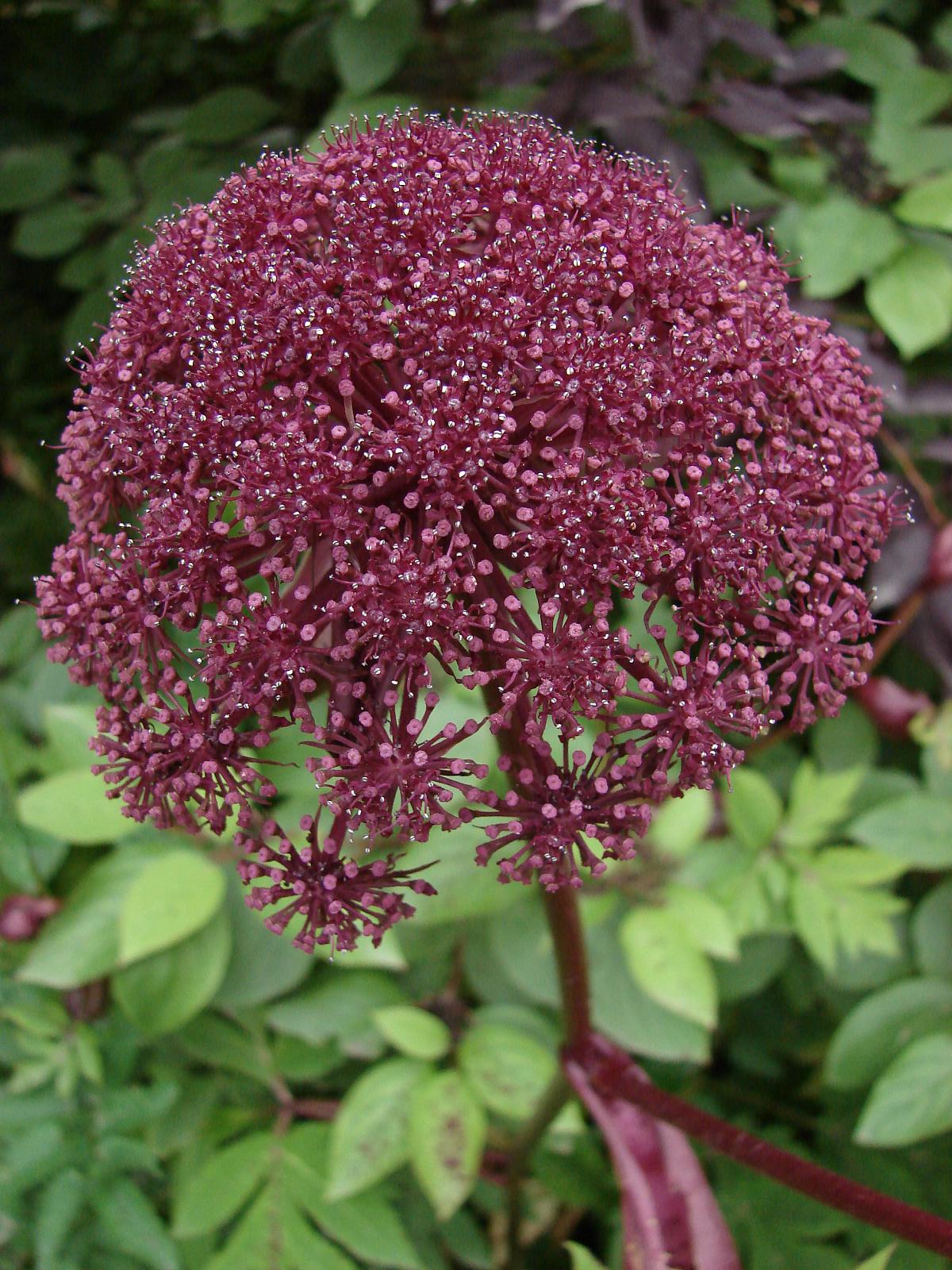Madia elegans: Elegant tar weed. This is blooming right now. It is a sun-loving native annual that self-sows widely. Drought and deer tolerant. Blooms morning and evening, but closes up during the middle of the day. See the bumble bee getting pollen off the flowers. The plant is about 3′ high and 1 1/2′ high.
Epilobium canum, or California Fuchsia. It used to be called Zauschneria californica. It is a later blooming perennial. It is drought and deer resistant. This one is right near an alley and a driveway, and is fine with hot, dry soil. Hummingbirds love it. I plant it with dark blue Bachelors’ Buttons, annuals which seed around.
Gaillardia , or Blanket Flower. It is a long-blooming perennial with interesting round seed heads. If some of the seed heads are left on, it will self-sow. This particular plant is probably a hybrid, called Gaillardia x grandlora ‘Goblin’, which is a more compact cultivar. The native is Gaillardia aristata. It is drought tolerant and deer resistant.
Praying Mantis on Verbena, previously seen eating a bee from the head down. After crawling up on this bloom, she crawled down on the stem and basically disappeared, lurking until another insect came along.
Photos and article by Sherri Morgan, AGC Vice President


































